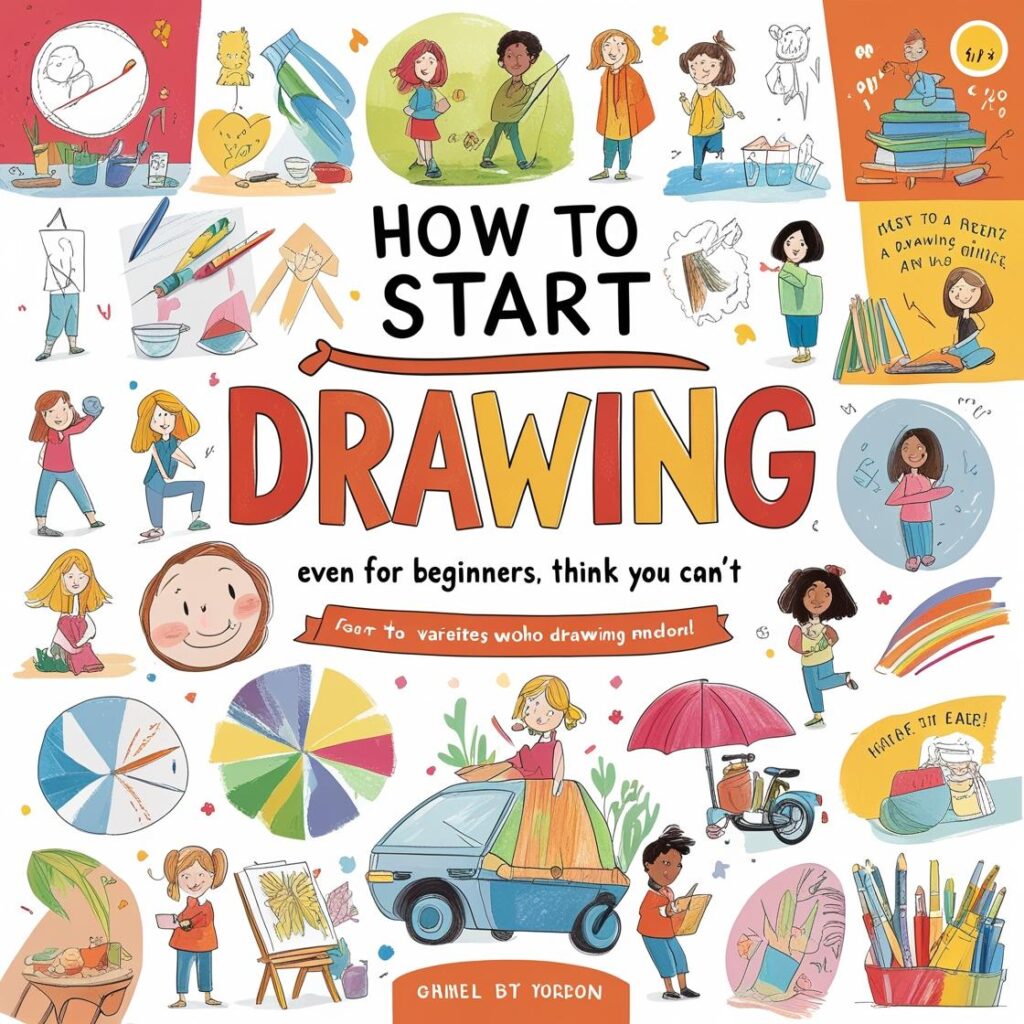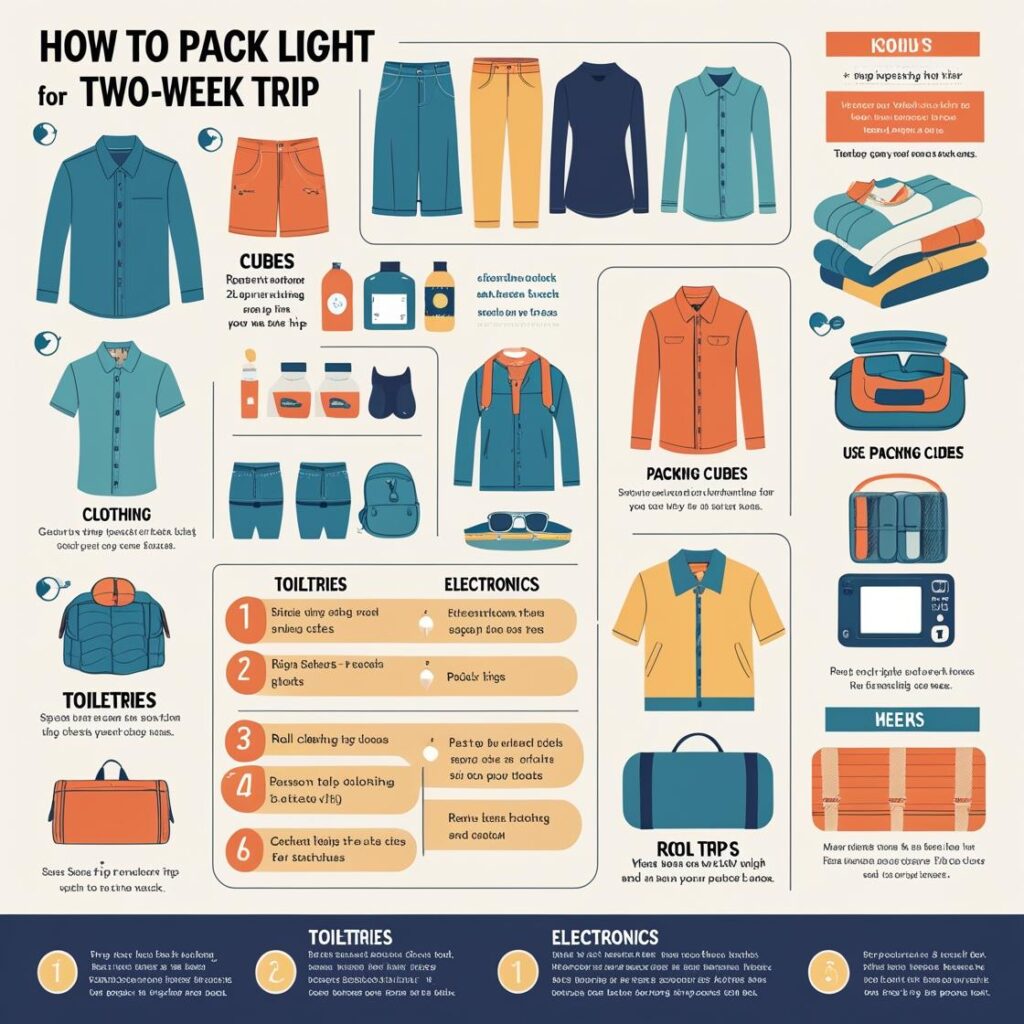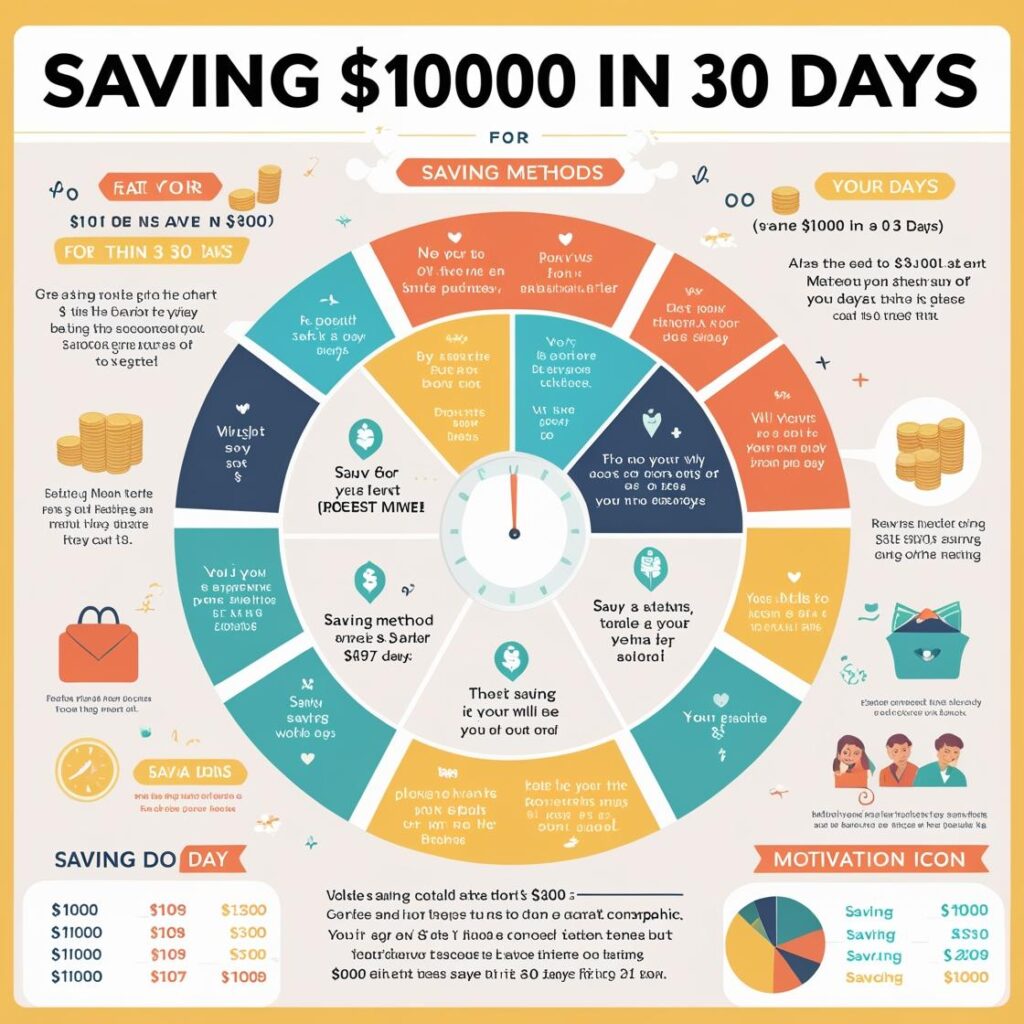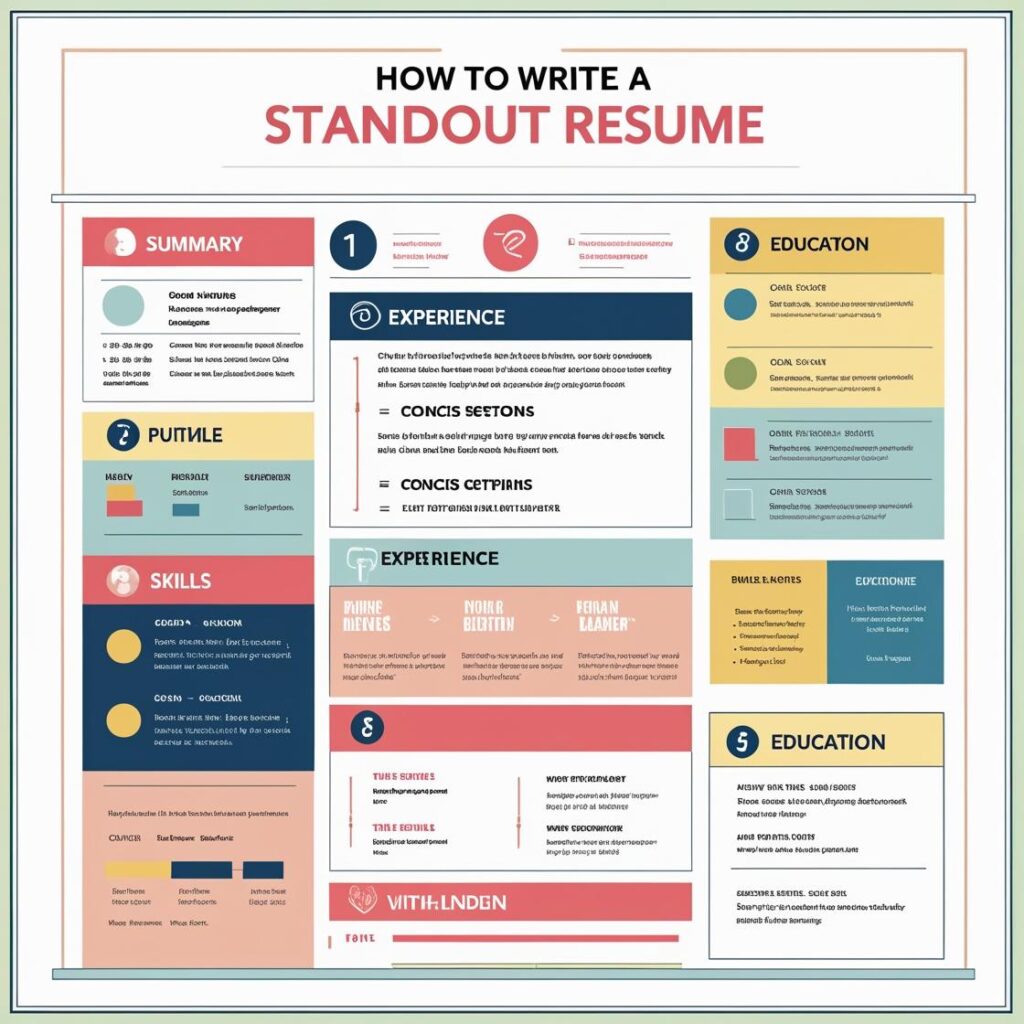Think you can’t draw? Think again. Drawing isn’t a magical talent reserved for the chosen few—it’s a skill that can be learned and improved with practice. In this guide, we’ll break down everything you need to know to get started, even if your stick figures have never looked quite right.
اقرأ أيضاً: قائمة بأهم 10 كورسات مجانية في الذكاء الاصطناعي مع الروابط المباشرة
1. Let Go of the Myth: Talent vs. Practice
One of the biggest misconceptions about drawing is that it’s a natural-born talent. While some people may develop a knack for it early, the truth is that drawing is mostly about observation, patience, and consistent practice. Like learning a language or playing an instrument, it’s a skill that improves with time and effort.
اقرأ أيضاً: كيفية الحصول على منحة دراسية مجانية
Artists you admire didn’t become great overnight—they started with the basics, just like you can. By shifting your mindset from “I can’t draw” to “I’m learning to draw,” you open the door to creative growth.
اقرأ أيضاً: كيف تستيقظ مبكرًا دون الشعور بالتعب
2. Start with Simple Shapes
Everything in the world around you can be broken down into basic shapes—circles, squares, triangles, and lines. If you can draw those, you can begin sketching anything.
اقرأ أيضاً: كيف تتفوق في أي مقابلة عمل: 10 نصائح من الخبراء
Start practicing by drawing simple objects like a coffee mug or a plant. Notice the shapes that form the object and sketch those first. From there, refine your shapes into more recognizable forms.
اقرأ أيضاً: كيف توفر 1000 دولار في 30 يومًا
This technique forms the foundation of observational drawing and helps build confidence without getting overwhelmed.
اقرأ أيضاً: كيفية كتابة سيرة ذاتية متميزة
3. Choose the Right Tools (But Don’t Overthink It)
You don’t need a fancy set of pencils or high-end sketchbooks to start drawing. In fact, beginning with basic tools can help you stay focused on learning instead of getting distracted by supplies.
اقرأ أيضاً: كيف تحول عملك الجانبي إلى مشروع بدوام كامل
Start with:
اقرأ أيضاً: كيفية تسريع الكمبيوتر المحمول البطيء في 10 دقائق
- A simple graphite pencil (HB or 2B)
- Eraser
- Sharpener
- A sketchbook or plain paper
As you progress, you can explore different materials like ink, charcoal, or digital tools—but for now, simplicity is key.
اقرأ أيضاً: كيف تبني روتينًا صباحيًا يعمل بالفعل

4. Learn to See Like an Artist
Drawing isn’t just about hand control—it’s about how you see the world. Artists train themselves to look closely at shapes, shadows, angles, and proportions. This is often called learning to see.
اقرأ أيضاً: كيف تبدأ مدونة تقنية من الصفر
Try the following exercises:
اقرأ أيضاً: كيف تخطط لعطلة عائلية سيحبها الجميع
- Blind contour drawing: Draw the outline of an object without looking at your paper.
- Negative space drawing: Focus on drawing the empty space around the object instead of the object itself.
These exercises help shift your brain from “symbol mode” (drawing what you think an object looks like) to observation mode (drawing what you actually see).
اقرأ أيضاً: كيف تتعلم الجيتار بنفسك
5. Practice with Daily Sketches
Consistency is everything. Try to sketch something small every day—whether it’s your keys, your coffee mug, or a face from a magazine. Keep a sketchbook and date your pages so you can track your progress over time.
اقرأ أيضاً: كيف تحزم خفيفًا لرحلة لمدة أسبوعين
Don’t aim for perfection. Instead, aim to explore and experiment. Think of each drawing as a stepping stone, not a final product.
اقرأ أيضاً: كيف تكتب أول قصة قصيرة لك
Try this: Set a 10-minute timer each day to draw whatever’s in front of you. Quick sketches build muscle memory and confidence.
اقرأ أيضاً: كيف تسافر عبر أوروبا بميزانية محدودة
6. Embrace Mistakes and Learn from Them
Every artist makes mistakes—especially in the beginning. Instead of erasing every imperfect line, use them as learning tools. In fact, keeping messy sketches can be helpful for tracking how your eye and hand coordination improve over time.
اقرأ أيضاً: كيف تحمي خصوصيتك على الإنترنت: دليل المبتدئين
Ask yourself:
اقرأ أيضاً: كيف تبدأ في التأمل حتى لو كنت متشككًا
- What went wrong?
- What worked?
- What can I try differently next time?
Your sketchbook should be a place of freedom, not perfection. Messy pages often hold the most creative breakthroughs.
اقرأ أيضاً: كيف تساعد الأطفال على بناء عادات دراسية أفضل
7. Use Tutorials and Drawing Prompts
The internet is filled with drawing tutorials and step-by-step guides tailored to beginners. Platforms like YouTube, Pinterest, and even Reddit offer structured lessons that cover everything from basic anatomy to shading techniques.
اقرأ أيضاً: كيفية العثور على الجواهر الخفية في أي مدينة
You can also use drawing prompt lists—daily or weekly challenges with random themes or topics. These help you stay motivated and practice drawing things you wouldn’t normally think to sketch.
Prompt idea: “Draw your favorite food as a cartoon character.”
8. Study Other Artists (Without Comparing Yourself)
One of the fastest ways to learn is by studying how other artists work. Look at their lines, their composition, and how they use shading or color. Try to replicate their work as a study—not to copy them, but to understand their process.
Important: Don’t fall into the trap of comparing your beginner sketches to someone else’s finished masterpiece. Everyone starts at zero. Use inspiration, not intimidation.
9. Experiment with Different Styles and Subjects
As you gain confidence, explore different drawing styles: realism, cartoons, abstract, surrealism. Try drawing animals, landscapes, buildings, and people. Each new subject teaches you something different—proportions, textures, movement, and more.
You don’t have to “find your style” right away. In fact, many artists never settle on just one. Focus instead on variety and growth.
Challenge: Draw the same object in three different styles—realistic, minimalist, and exaggerated.
10. Join a Community or Share Your Progress
Accountability and encouragement can go a long way. Join online drawing communities, post your work on Instagram, or participate in drawing challenges like Inktober or Sketchtember.
You might be surprised how supportive the art community can be—many artists remember what it felt like to start from scratch and are happy to offer feedback or encouragement.
You can even find local art groups or classes to meet others in person and gain hands-on guidance.
Conclusion
You don’t need to be a “natural” to start drawing—you just need a willingness to learn, practice, and keep going. Progress might be slow at first, but it will come. Keep showing up, and your lines will find their voice.



